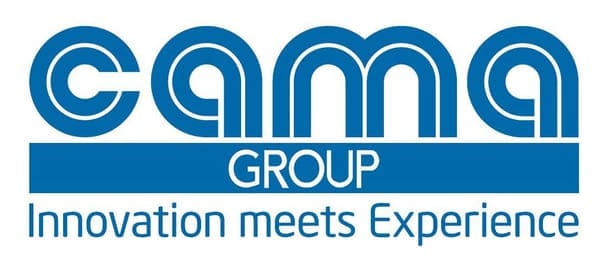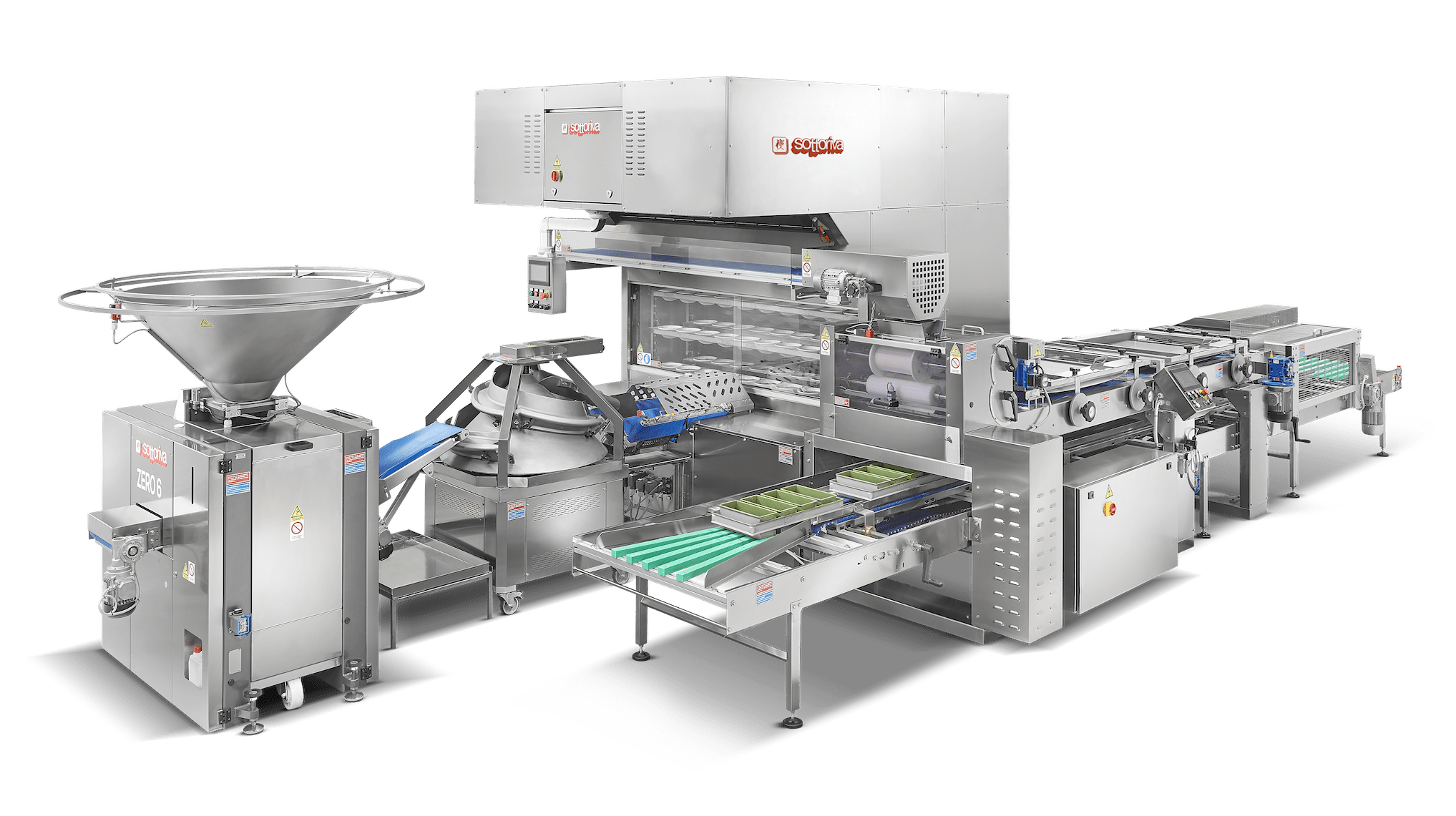With sales in the billions and markets that are expanding as quickly as their product ranges diversify, the confectionary and health food bar markets are in very good shape.
From the healthiest organic cereal bar to the most indulgent chocolate treat, consumers are spoilt for choice; not only with the range of products they can buy, but also in the amount of variations of the same familiar snack, be it flavour, size, format or added ingredients.
This is, of course, great news for the consumer. But in chasing the market and fulfilling its diverse needs, manufacturers put immense strain on their production and packaging operations. Where what was once mass production now exists smaller batch runs – all of which must be achieved without adding to unit prices.
For this reason, automation across the whole production/packaging value chain has become the only financially viable way of addressing these variation-driven challenges. And it is up to the machine suppliers and how they deploy modern automation concepts that defines and dictates the necessary flexibility and agility required.

A case in point would be a recent contract undertaken by Cama Group for a leading global confectionary company’s operation in the Czech Republic. According to Mark Chivers, Global Key Account Manager at Cama for this particular customer: “We faced two challenges in this instance.
Not only did the customer want a single packaging line that could handle multiple product variations, but also, due to the region’s demographics and widespread industrial investment, they had to cater for a constantly changing workforce. In both instances, automation – more specifically Industry 4.0-enabled automation – was the key to solving these issues.
“Right from the kick-off,” Chivers continues, “we had a list of products that they wanted the line to handle, not just now, but also over the next couple of years. So, our first challenge was to ensure we could deliver the necessary agility and flexibility to cater for these product variations.
In the first instance the line was set up to package three products: a standard bar, a tablet and a soft-centred tablet. Each of these products has its own dynamics and behaves very differently, so each had to be looked after in a specific way.
“The primary challenge was handling,” he adds. “The standard bars, at a throughput of 850 bars per minute, were relatively straightforward; but the soft-centred tablets, running at a reduced speed of 240 tablets per minute, required very delicate handling, so as not to break through the thin chocolate covering the cavities. In both cases, the confectionary had to be packed neatly and uniformly into shelf-ready display cases.”
The packaging operation for this line was originally a manual process. “Our customer wanted to redistribute the labour, in what is an incredibly busy factory,” Chivers elaborates. “They also faced difficulties in not only attracting, but also retaining workers with the necessary skill levels, due to the amount of investment taking place in the region – new factories are opening up regularly.
There were also high levels of transient or seasonal workers. In one instance at a pet food plant in the region, a customer had four different nationalities on one line, which made communication interesting. “It is in these situations that the functionality behind Industry 4.0 solutions comes to the fore,” he explains.
“With fully data capable interconnected automation solutions, augmented reality can play a huge role in training, set up and maintenance. By overlaying animated and static graphics, with annotations in different languages, it becomes so much easier for multi-lingual workforces to have the same level of training and interaction before being let loose in an operational environment.”
Industry 4.0 and automation plays a significant role in addressing another key concern – future proofing! “Our customers now expect payback times of 2 to 2½ years,” Chivers expands. “And this has to be coupled to shorter product lifecycles. This is why it is essential to deliver adaptable hardware.
Cama sits in the upper echelon of secondary packaging suppliers in terms of quality and feature sets, so our customers expect longevity beyond the payback period and product lifecycle.

In this application, Cama turned to its industry leading breakthrough generation (BTG) technology, more specifically an IF296 Monobloc Display-box Topload Cartoning Machine. Cama’s IF Series offers a unique combination of integrated packaging machines and robotic loading units and provides added value to customers’ needs by incorporating reduced footprint, flexible size changing and high reliability.
All primary functions are operated by servomotors and dedicated product-grouping devices, determined according to product specifications.
In operation, the machine erects cartons from a flat blank, which are then filled rapidly, uniformly and, of course, gently with products entering from a twin racetrack feed. The filling operation is performed by a large two-axis pick-and-place robot – based on robotic technology developed in house by Cama.
Once filled, the cartons are closed using a robotic carton closer. In this instance, the control solution was based on Indramat Bosch, with Siemens controllers, but an Allen-Bradley solution from Rockwell Automation is also a standard.
“When it comes to switching batches, we try to make it as straightforward as possible,” Chivers elaborates. “To this end we employ technology and traceability (such as RFID coding components) and we exploit poka-yoke principles to mistake-proof the operation.
This, combined with a high level of center-lining, helps ensure fast, repeatable changeover with vertical start up where all parts are homed and in the correct position. Then it is just a case of pressing a button. We have invested significant time, energy and funds into making our machines simpler – poka-yoke and center-lining with feedback axis control on the exchanged parts makes it so much easier.”
“With this customer, we like to think that we are at the top of its supplier list based on the machines we supply to help it address the demands it will face,” Chivers concludes. “It also has to have one eye on the future – as do many of our customers – especially when considering the impact of global phenomena such as Covid-19.
The market is looking for financially stable suppliers to develop supplier/producer partnerships with much higher levels of trust. This will set the trend for doing business in the future, where the market needs suppliers that can also deliver a broader scope, in terms of service, support and manufacturing. Cama is truly market driven. If we need to survive, we must follow the market and give it what it needs – and face the fact that we don’t just make machines… we sell trust and manage risk too!”







